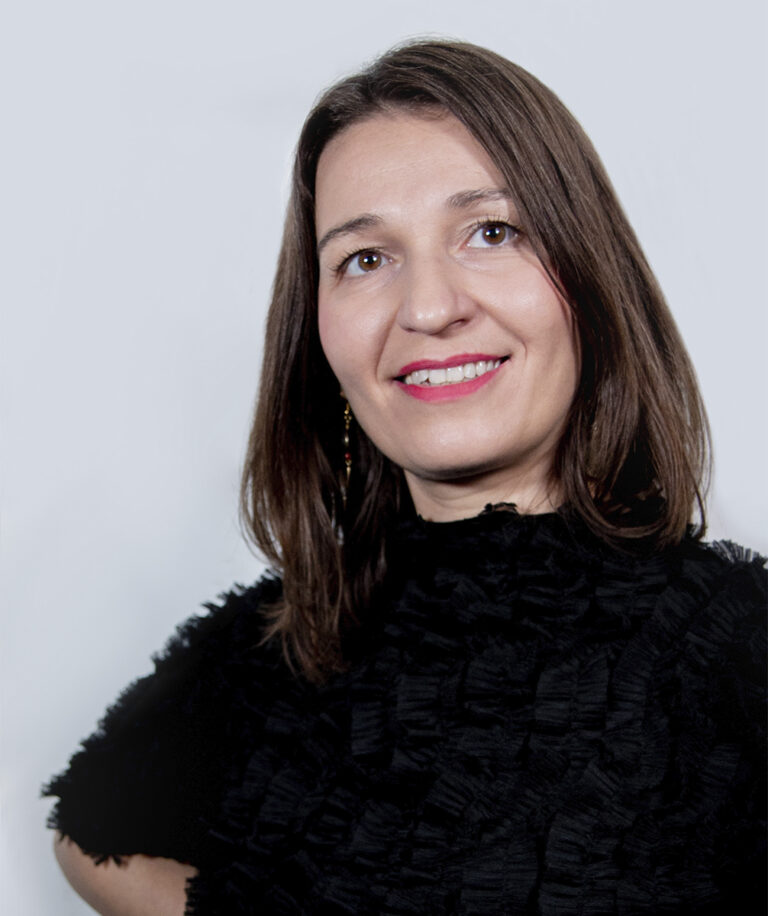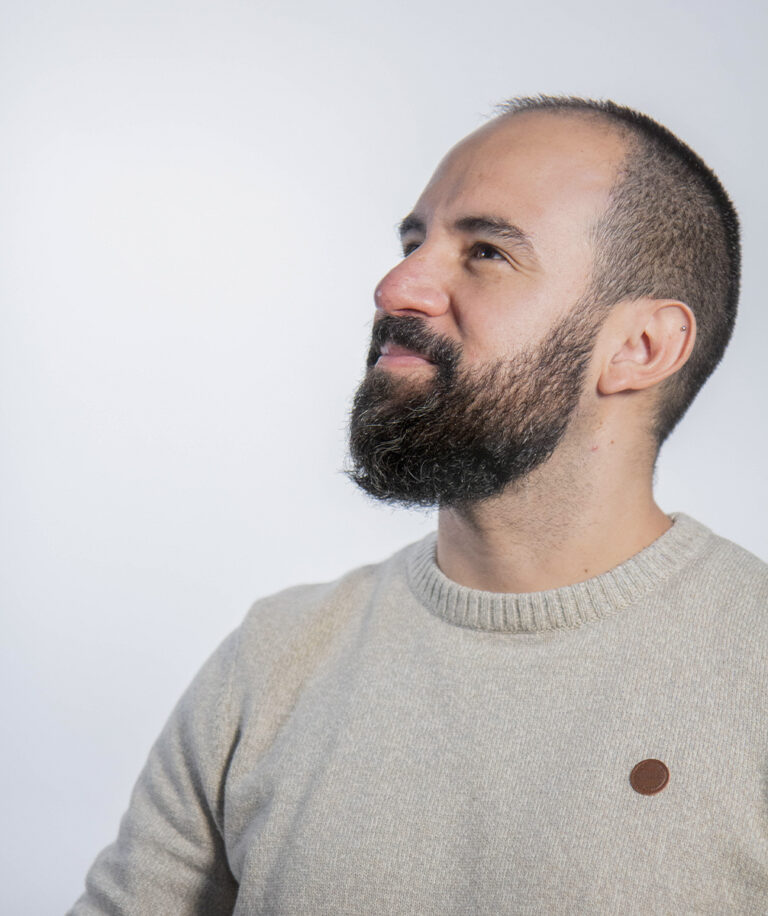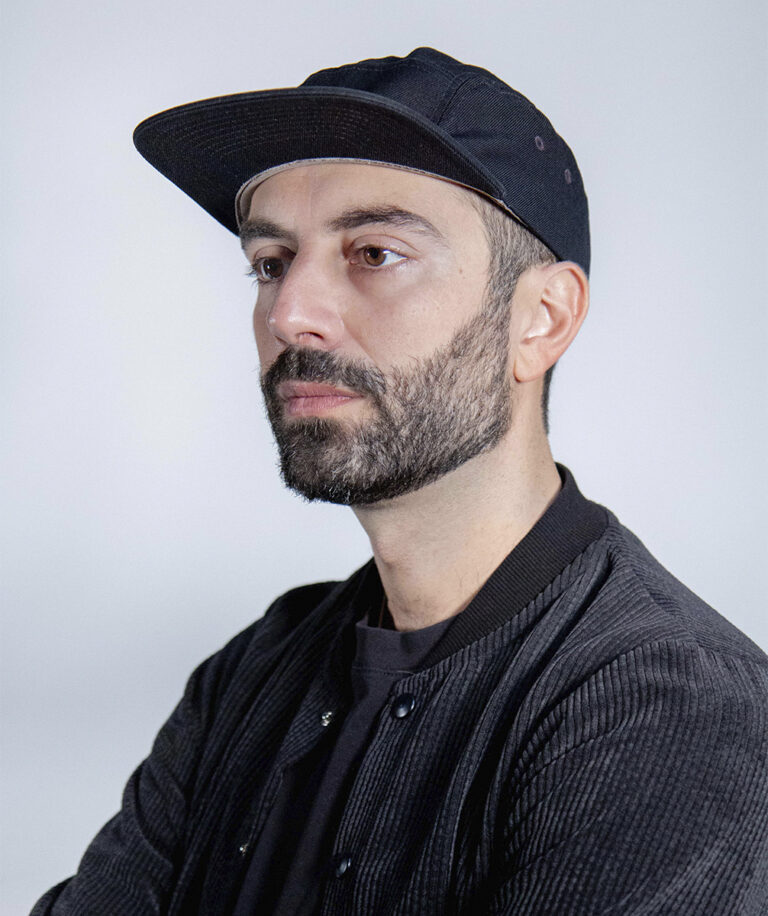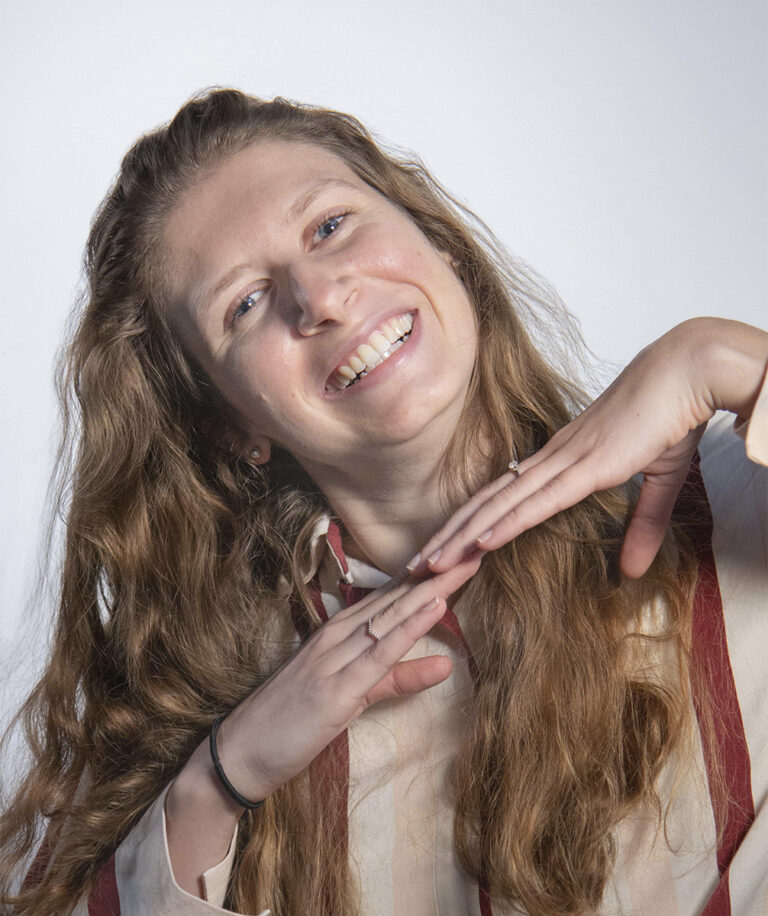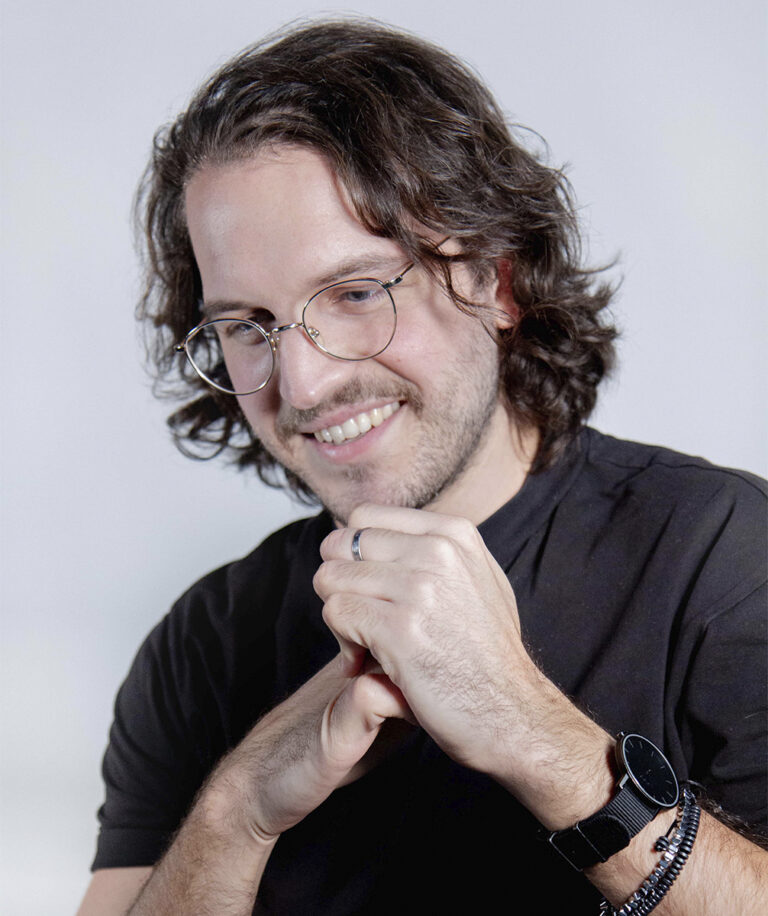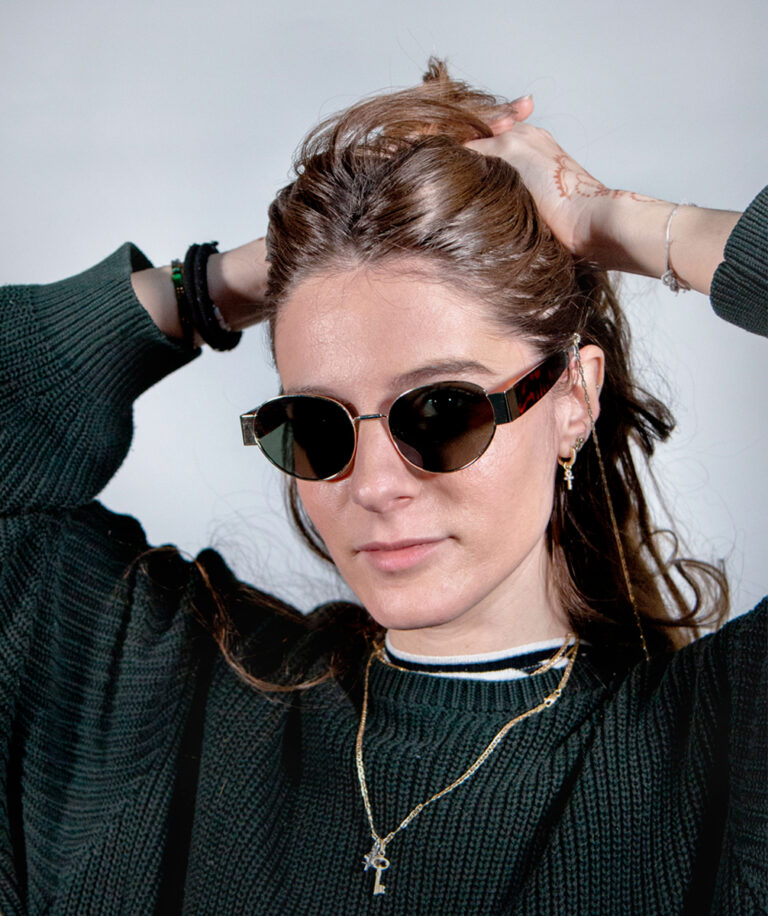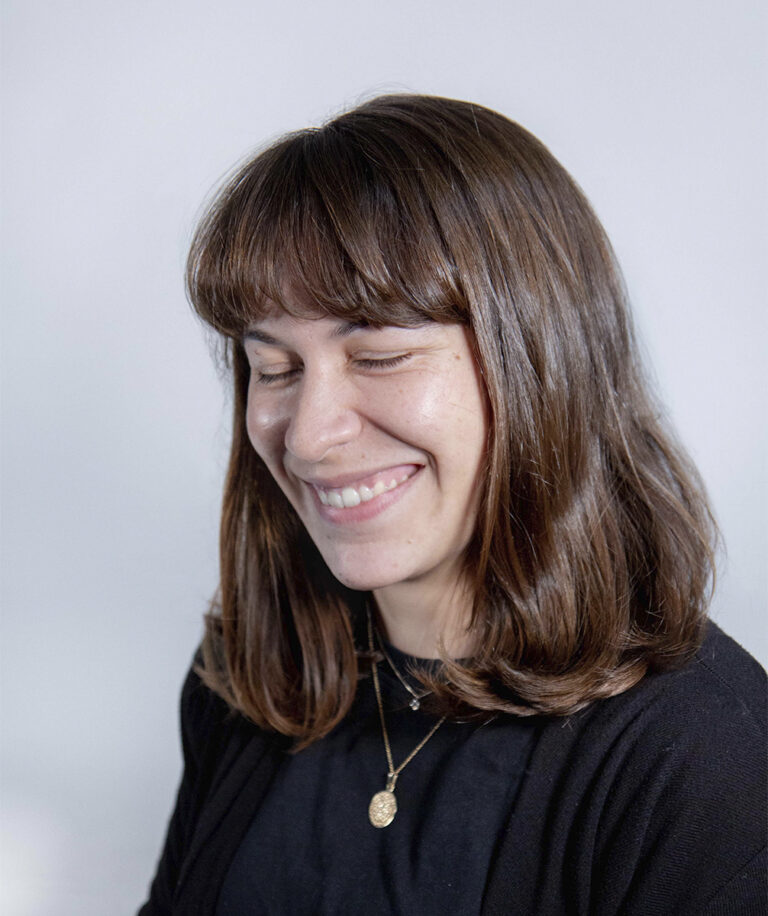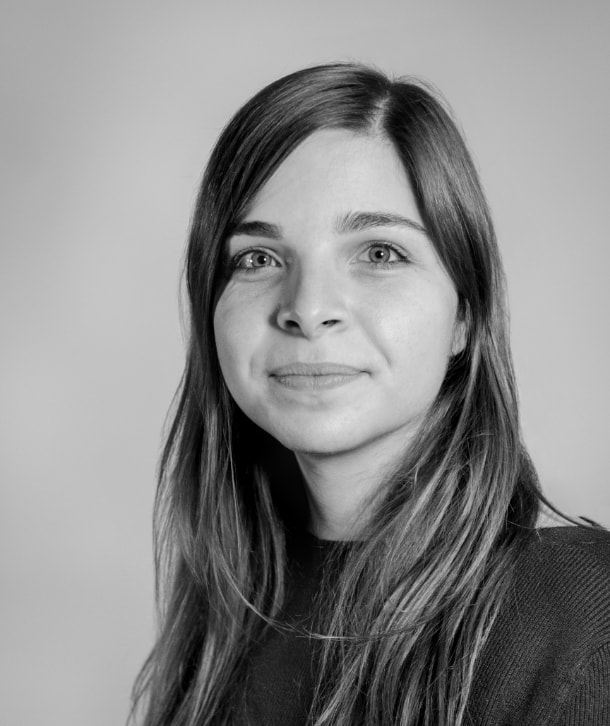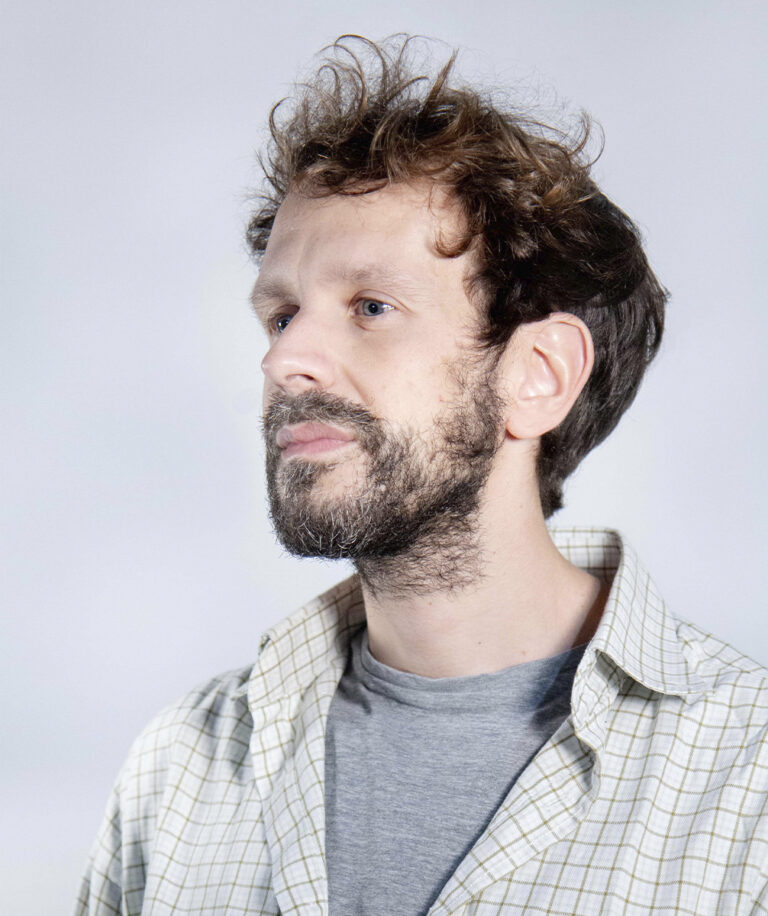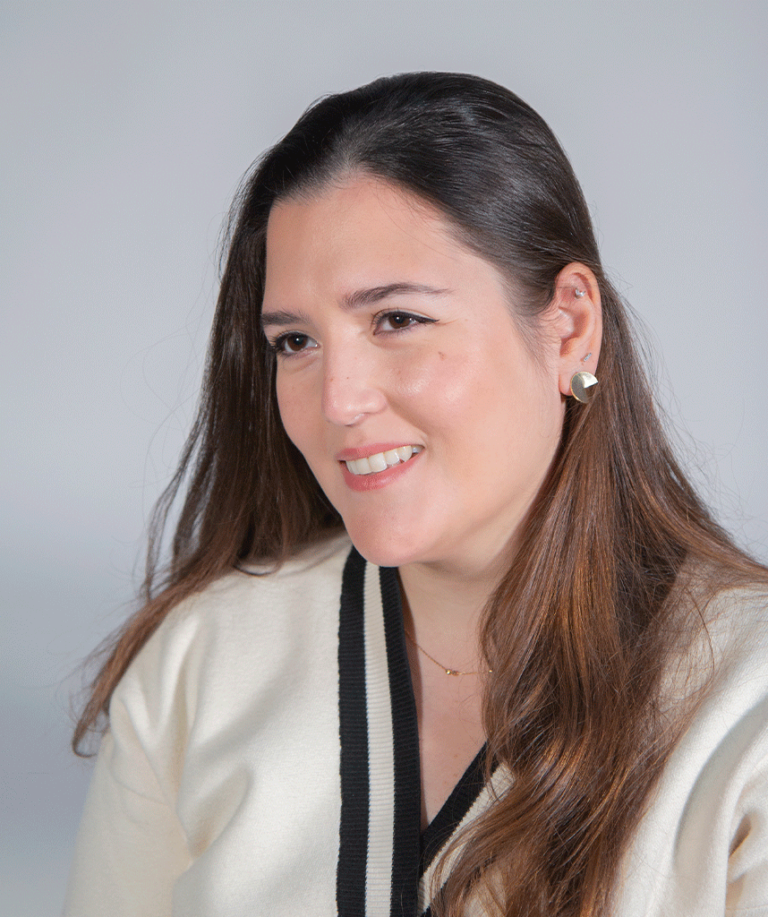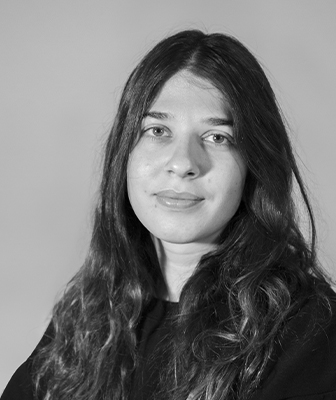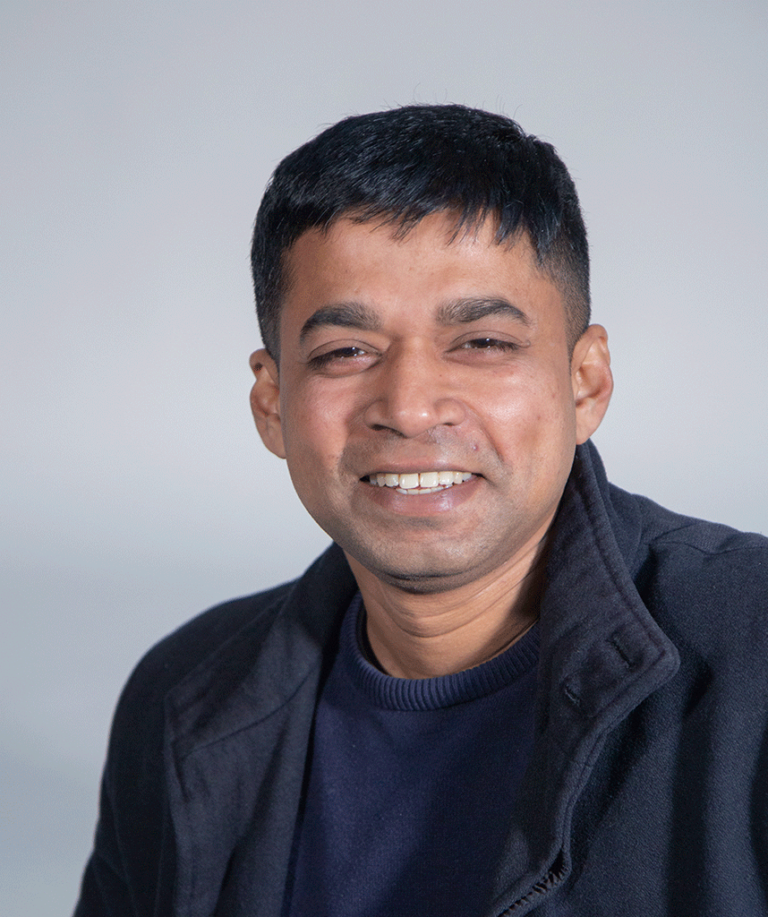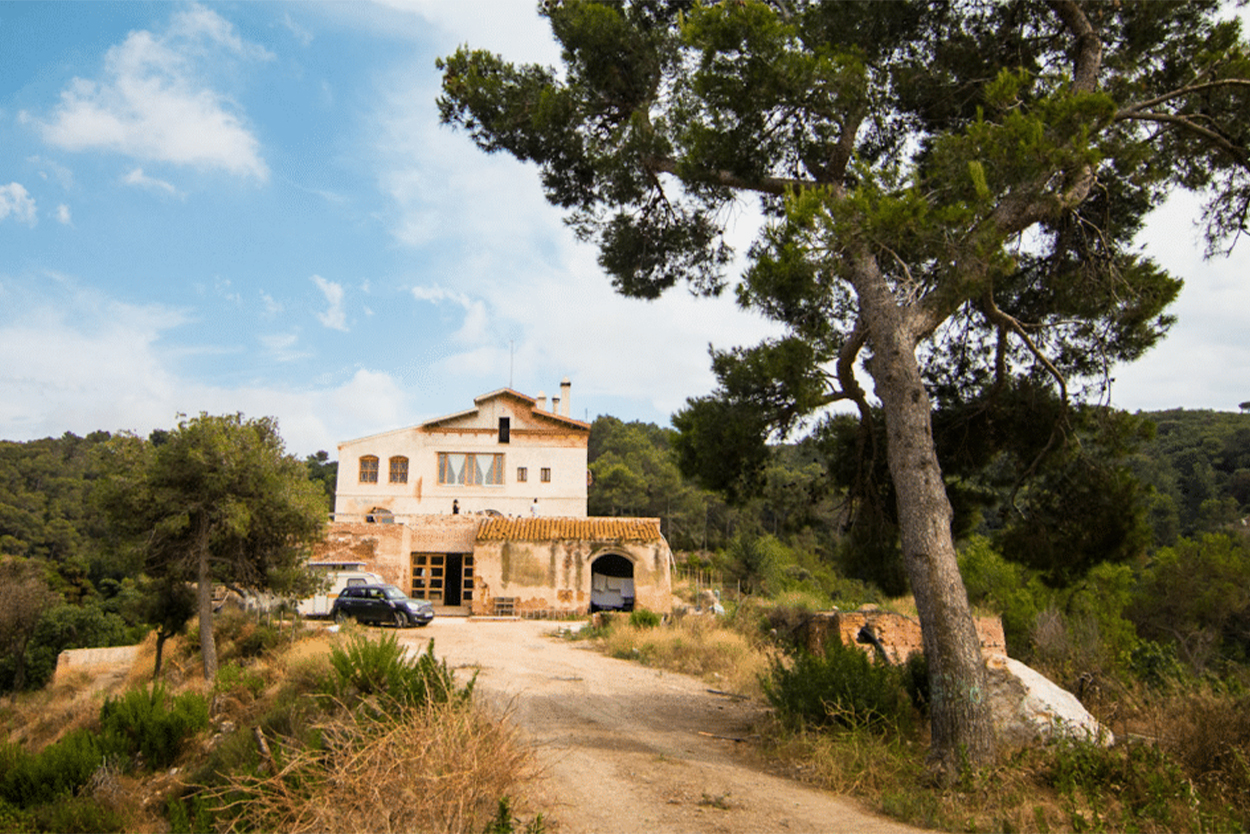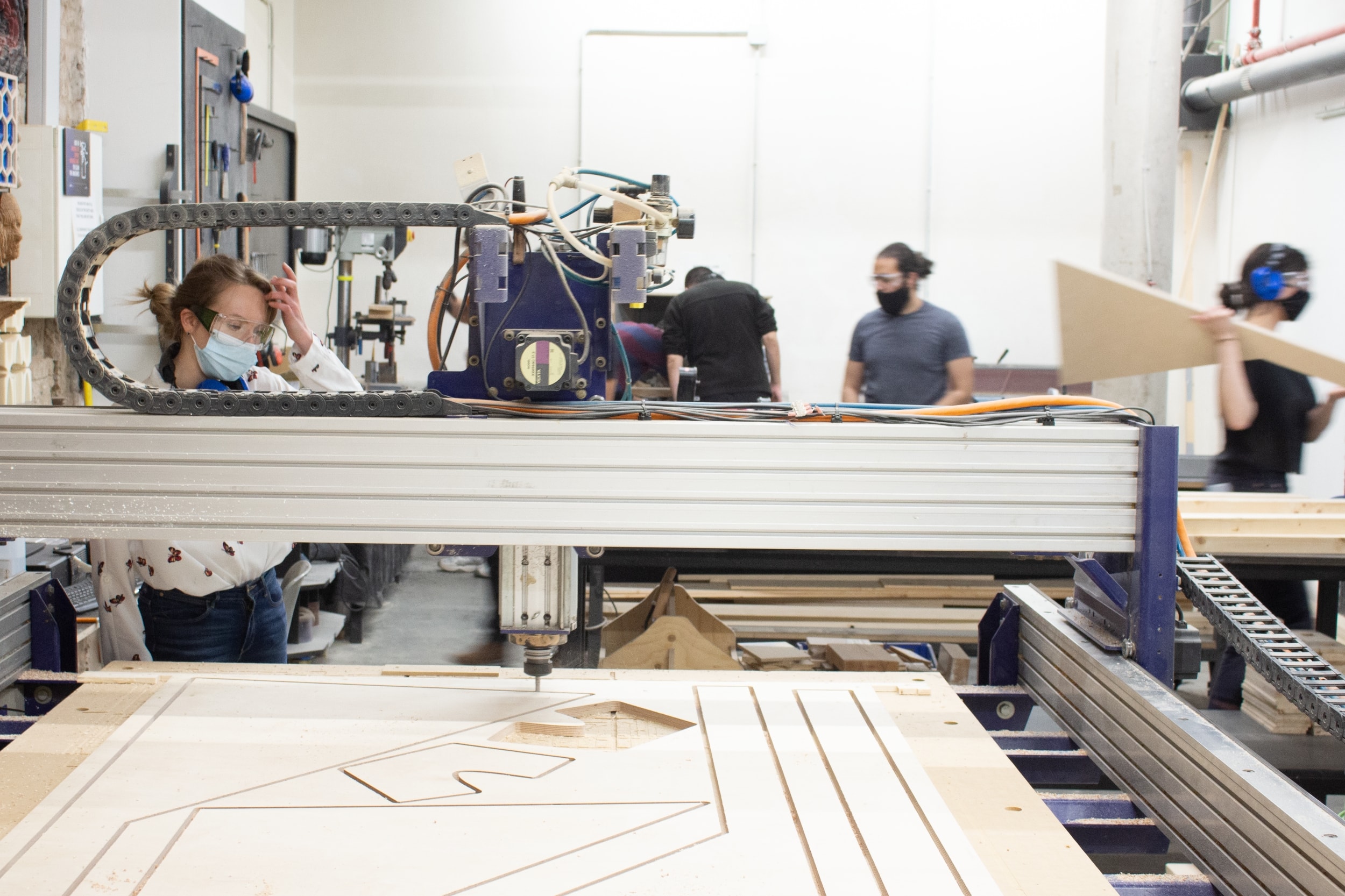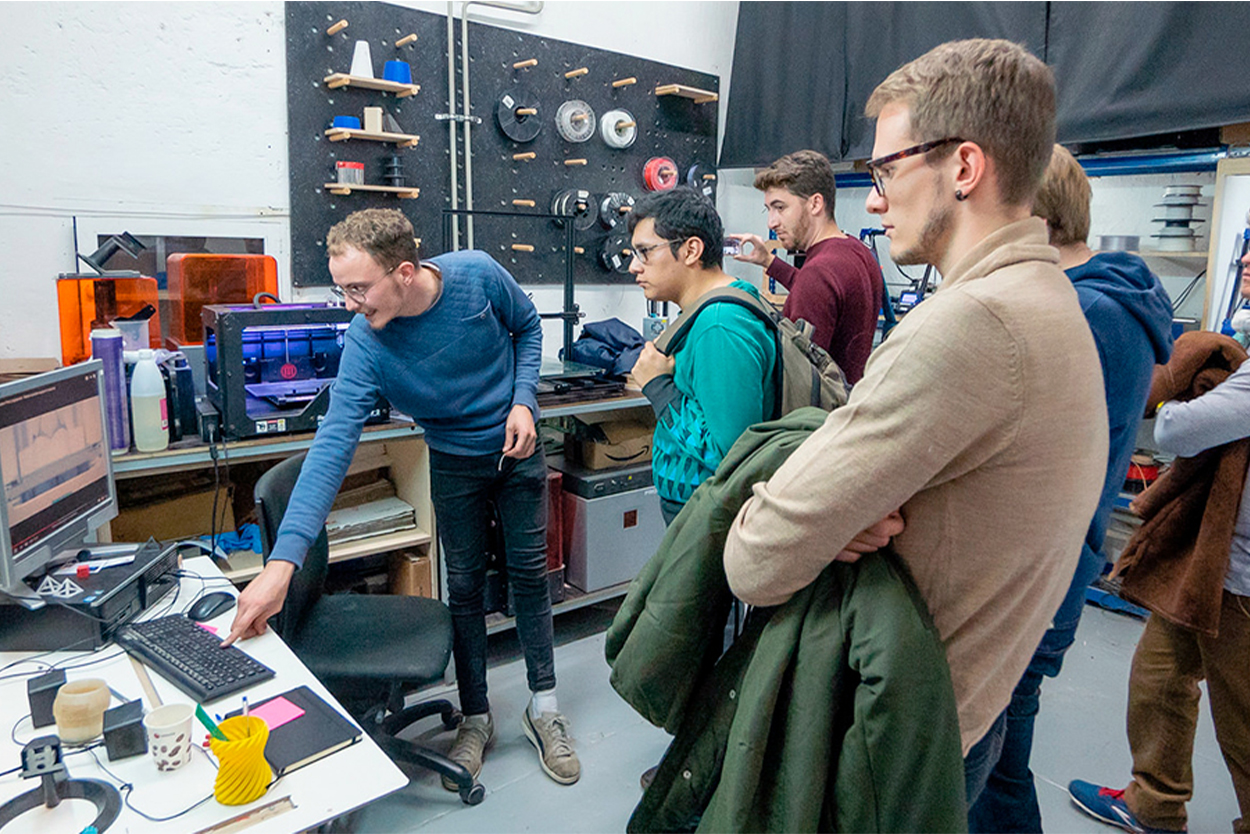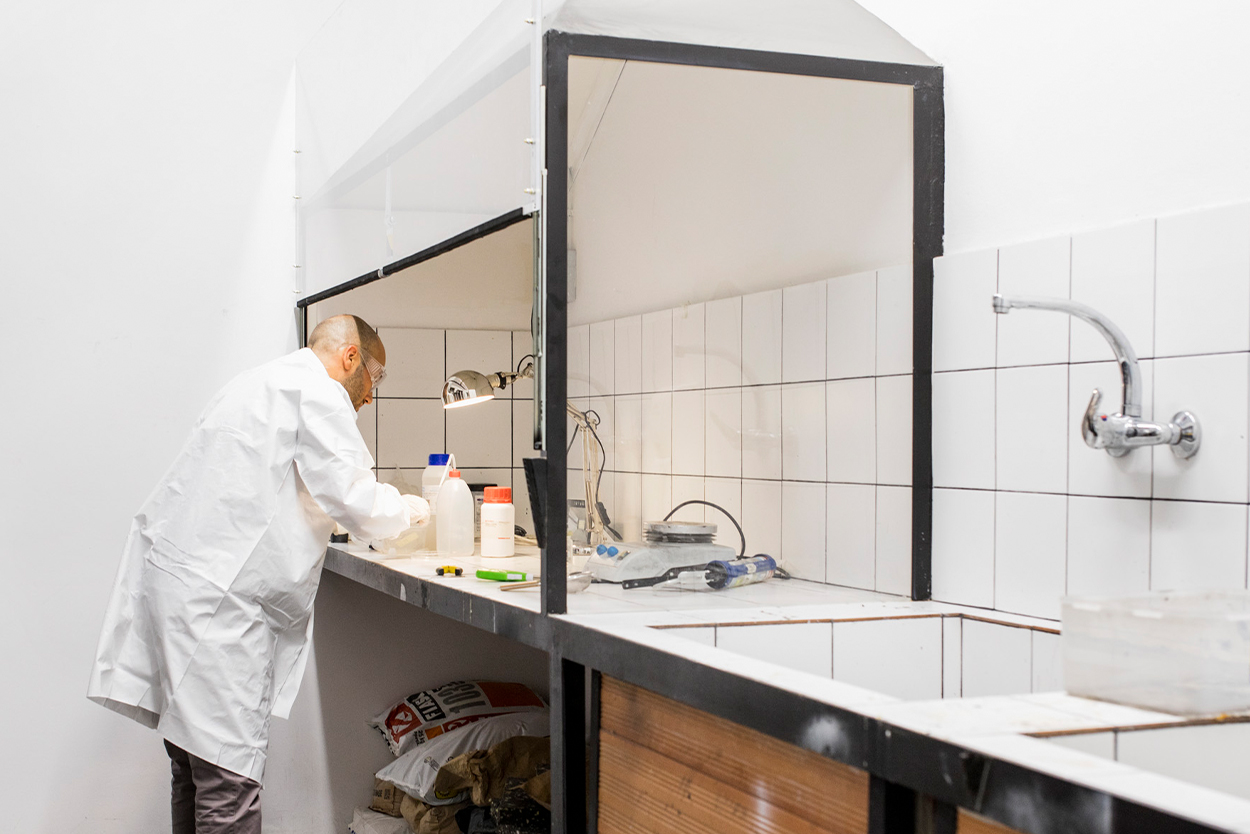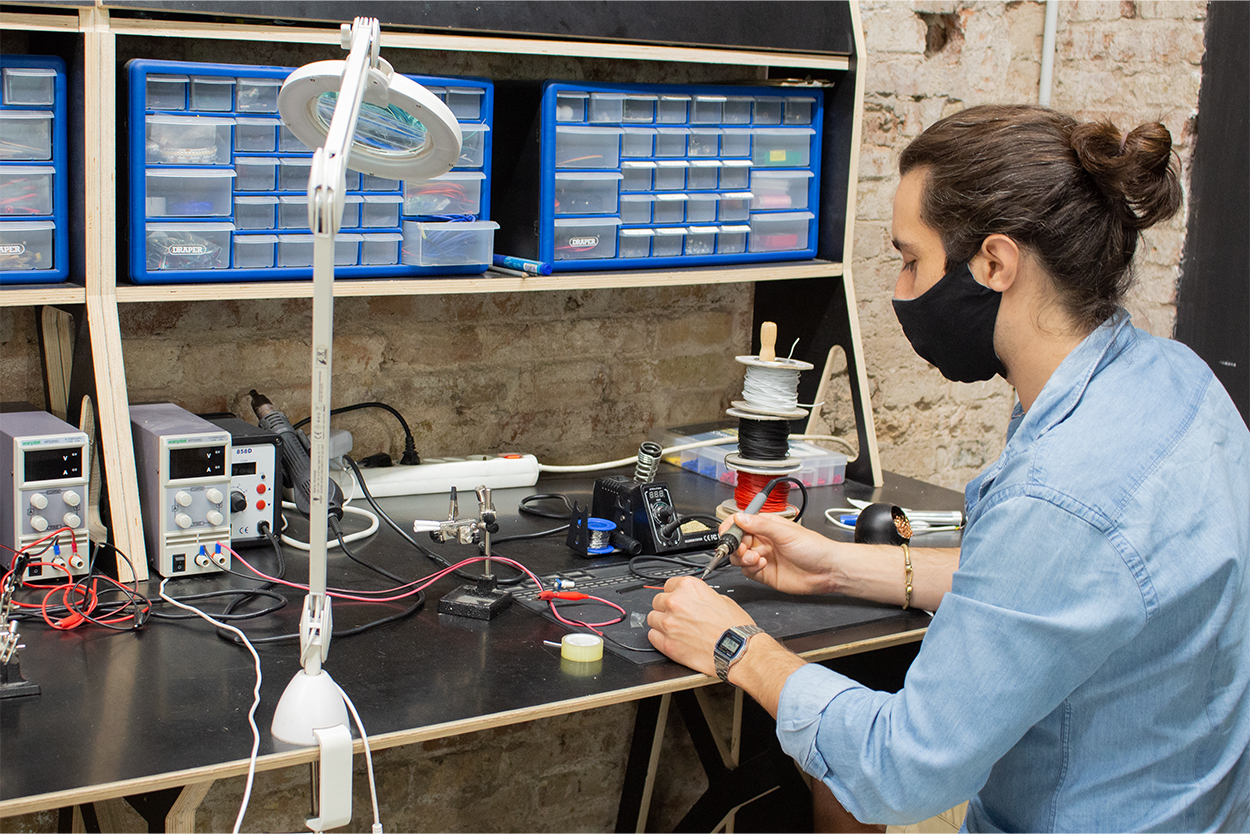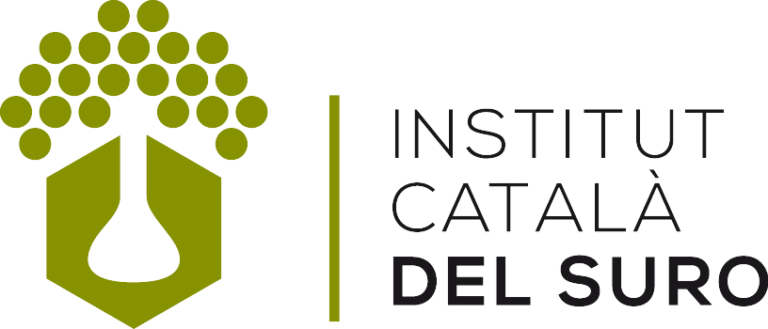The Group
The Advanced Architecture Group (AAG) is an interdisciplinary research group investigating emerging technologies of information, interaction and manufacturing for the design and transformation of the cities, buildings and public spaces.
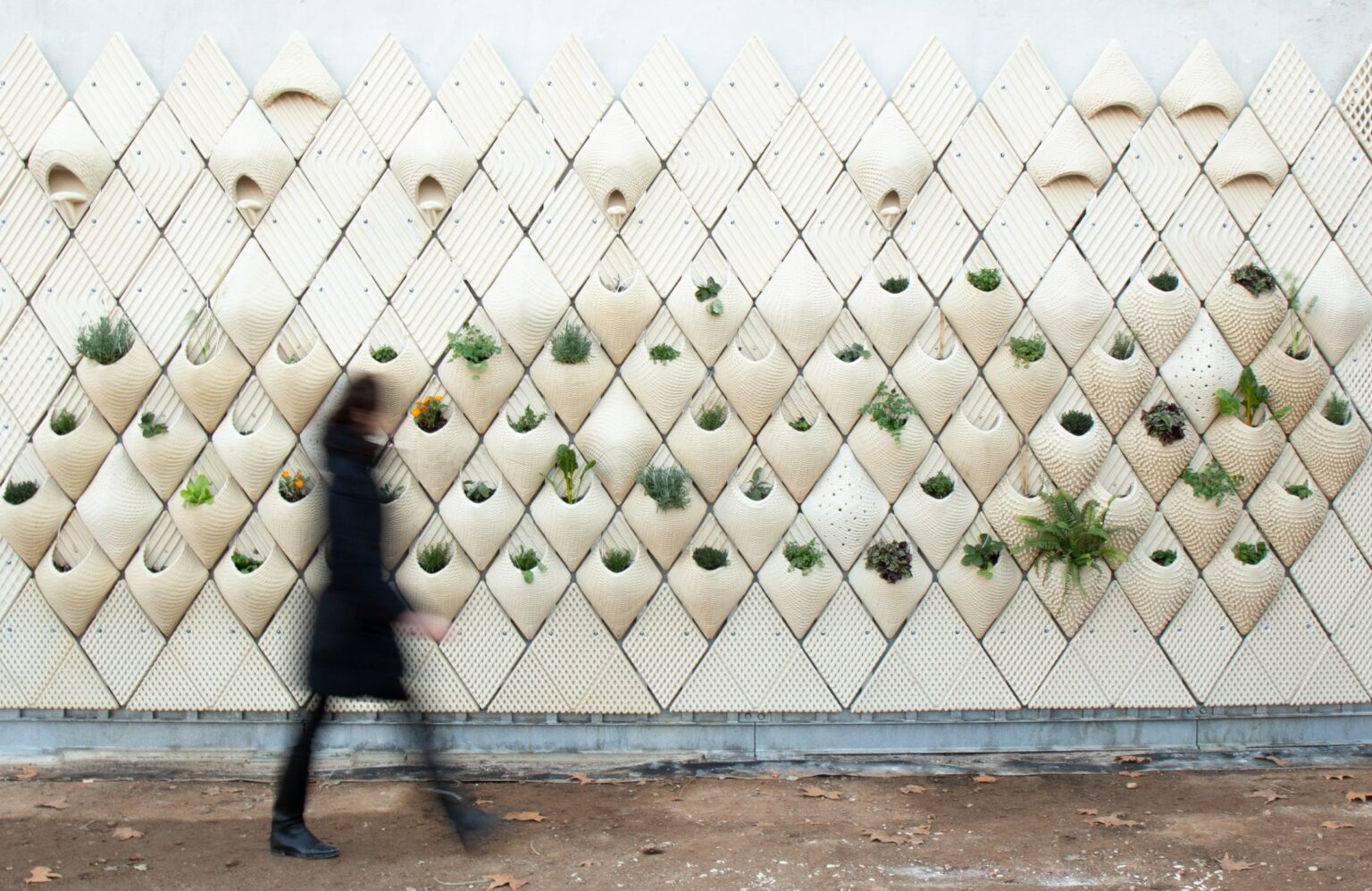
Located in Barcelona and operating across the world, AAG investigates emerging technologies of Computation and Digital Manufacturing combined with scientific advancements from the fields of Data Science, Biology, Material Science, Ecology and Robotics.
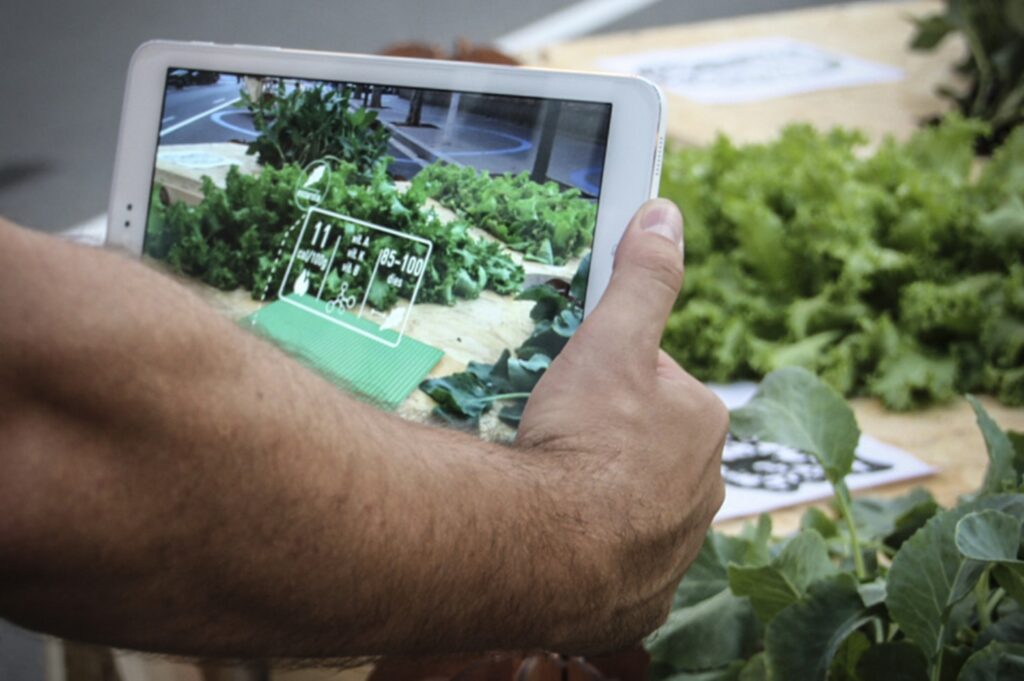
We develop research and innovative projects in three main areas of expertise:
- Architecture and Digital Technologies
- Implementing novel solutions for energy efficient, circular buildings and digital construction through new materials, digital twins, robotics and 3d printing.
- Architecture and Ecology
- Enhancing biodiversity and ecological systems in cities and buildings by implementing nature based solutions and co-design with living systems.
- Architecture and Urban Data
- Developing novel solutions and tools for sustainable and inclusive city planning through urban analytics, digital twins, and technology-mediated participatory design processes.
Our work includes 19 European & public funded projects since 2015, as well as a consolidated network of collaborating industrial and institutional partners.
Services
Our services include research and development of innovative architectural solutions and tools, design and manufacturing consultancy, executive training and curation of events and publications within our areas of expertise.
-

Research &
DevelopmentOriented to explore the role of technology in our society and cities, the AAG is pioneer in applied research.
-

Consulting &
DesignAAG works on real-scale pilot projects and real-world situations in collaboration with the industry and a series of multidisciplinary experts.
-

Training &
Continuous LearningThrough innovative educational formats AAG works on redefining the paradigm of design education in the Information and Experience Age.
-

Publications &
CurationAAG promotes its values in the discussion about architecture, cities, society and technology through lectures, publications, exhibitions and competitions.

People
We are an International Group of Architects, Engineers, Industrial Designers, Data Scinetists, Urbanists, Interaction Designers, Fabricators, Pedagogists and Economists from 18 different countries around the world.
-


Areti Markopoulou
Director
-


Mathilde Marengo
Head of Education
-


Chiara Farinea
Head of European Projects
-


Alexandre Dubor
Head of Robotics and Fabrication
-


Aldo Sollazzo
Programme Director
-


David Andres Leon
Programme Director
-


Adriana Aguirre Such
Programme Coordinator
-


Andrea Conserva
Project Manager
-


Cristian Rizzuti
Multimedia Design
-


Daniela Figueroa
Graphic Design and Community Management
-


Didac Torrent
Fabrication Assistant
-


Edouard Cabay
Programme Director
-


Fiona Demeur
Project Assistant
-


Gabriele Jureviciute
Programme Coordinator
-


Kevin Matar
Programme coordinator
-


Iacopo Neri
Digital Fabrication
-


Laura Ruggeri
Programme Coordinator
-


Marielena Papandreou
Digital Fabrication
-


Nikol Kirova
Programme Coordinator
-


Oriol Carrasco
Digital Fabrication
-


Philipp Wienka?mper
Fabrication Assistant
-


Raimund Krenmueller
Digital Fabrication
-


Ricardo Mayor
Digital Fabrication
-


Sarine Bekarian
Programme Coordinator
-


Secil Afsar
Fabrication Assistant
-


Sheikh Rizvi Riaz
Digital Fabrication Assistant
-


Shyam Francesco Zonca
Lab Manager
-


Valentino Tagliaboschi
Digital and Robotic Fabrication Expert
-


Vincent Huyghe
Digital Fabrication
-


Yara Tayoun
Programme Coordinator
Facilities
The Advanced Architecture Group is part of the Institute for Advanced Architecture of Catalonia (IAAC).
The institute is located in the Poblenou neighbourhood of Barcelona, in the recently created district known as 22@, a focus for companies and institutions oriented toward the knowledge society.






